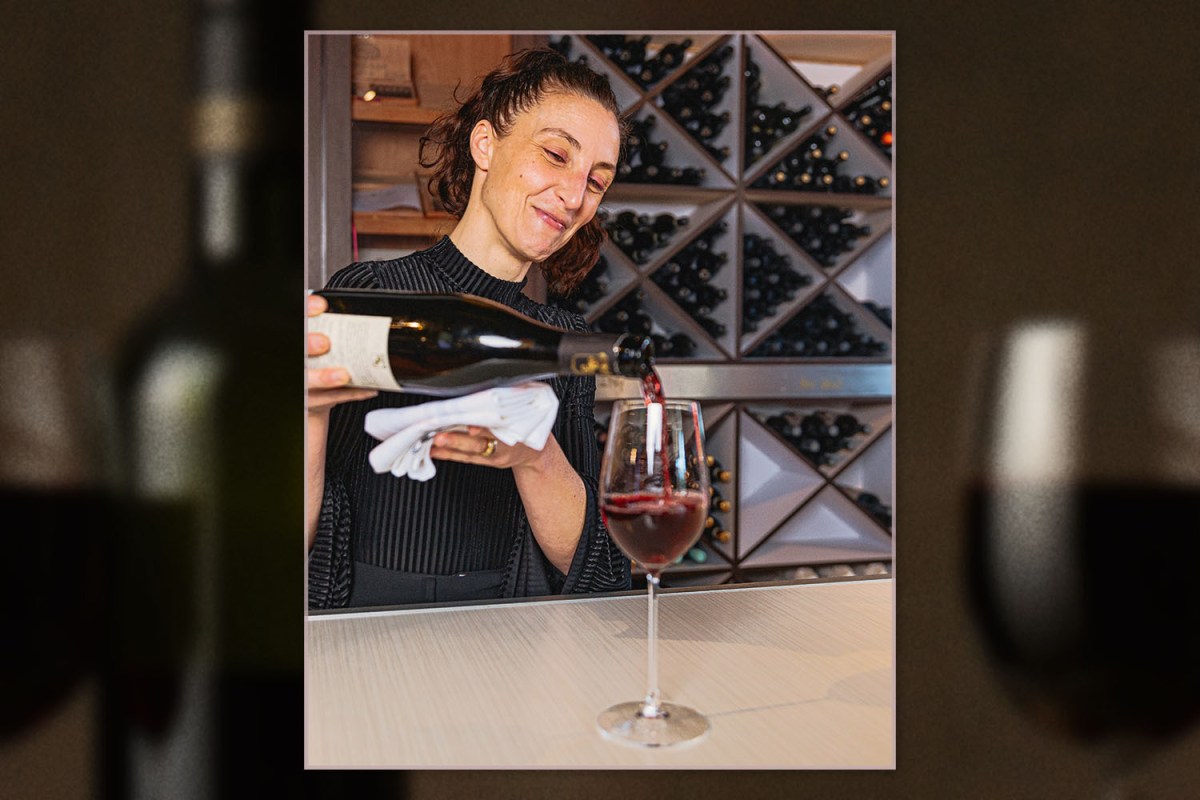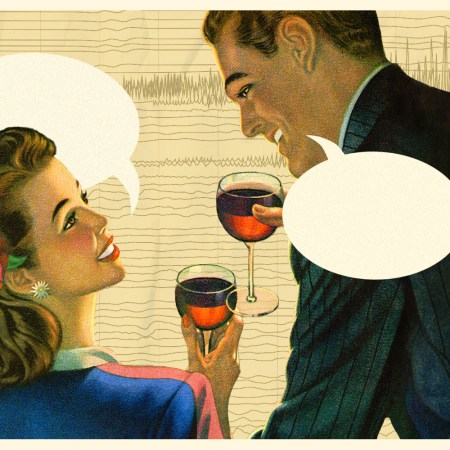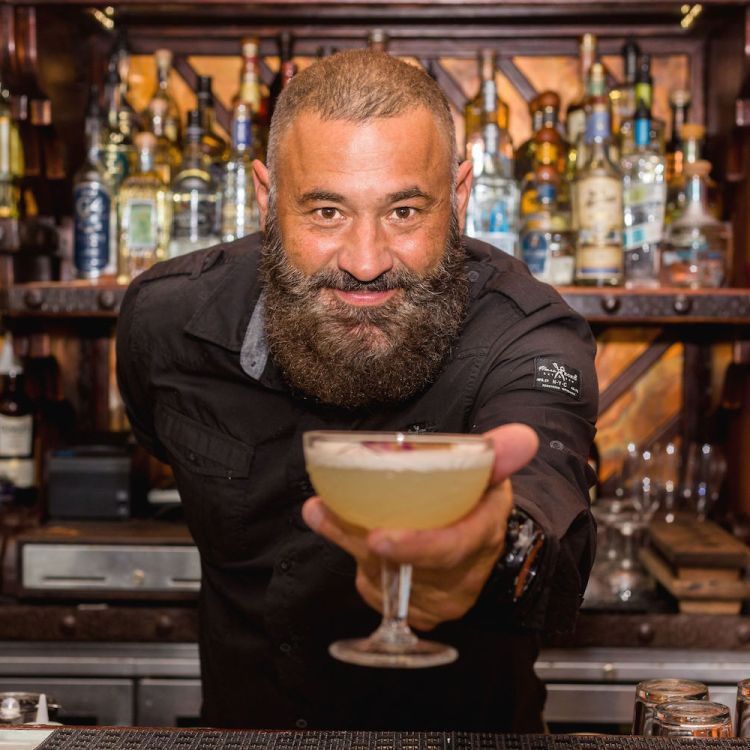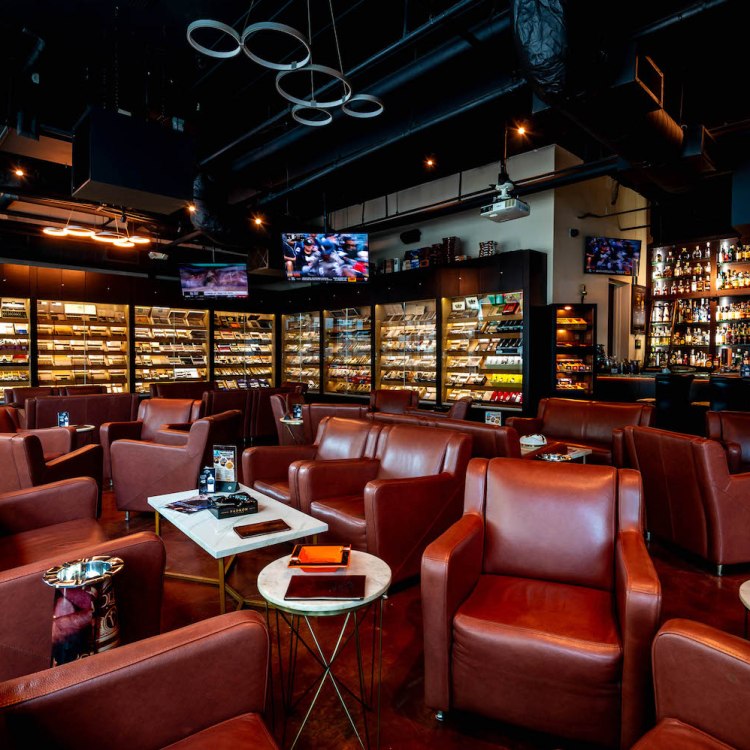Much like anything from hairstyles (man bun or flowing Chris Pine locks?) to menu styles (cryptic three-word allusions or bold, enticing descriptions?), the wine world is more trend-driven than ever before. (Natural or conventional? Pét-nat or Champagne? Red, orange, light pink, dark pink…) When all you’re looking for is something tasty to drink, it can be hard to make sense of the noise.
Luckily, sommelier Allegra Angelo, co-owner of Miami wine bistro Vinya, is here to help. She may be better suited than most to guide the lost, considering she was a relatively late-blooming oenophile.
“I never really had wine in college,” Angelo tells InsideHook. “I just wasn’t a drinker. I wasn’t a partier.”
To hear her tell it, her “come-to-wine” moment was far from a cinematic crescendo, but rather “a natural evolution” stemming from her love of the world of restaurants. Angelo had worked summer jobs in hospitality since the tender age of 14, and after earning her bachelor’s degree, she felt called to return.
“I thought maybe I wanted to be a chef, so I went to cooking school,” she says. During a pastry internship at Jean-Georges, she “saw this gateway into fine wine.”
“That was really a good insight into this possible career path,” she says. “And I think from there it was just a natural funnel.”
She joined the front-of-house team at Michelle Bernstein’s then-brand-new Michy’s in 2006, a family-run establishment where she had the opportunity to manage, close and even do the wine program. “I think that was really what kind of solidified my beverage path,” she adds.
Oddly, despite her love of wine, Angelo’s home cellar stands almost empty. “I actually don’t have a lot of wine in my house, which people think is crazy,” she says. “But it’s because my boyfriend doesn’t really drink. Like, we’ll go to dinner, and he’ll get an iced tea.” That said, among friends and colleagues, Angelo has become the go-to person to select, source and share bottles.
“For me, it’s a social thing,” she says. “I just love sharing wine.”
These are the bottles she’s most excited to share.
The Classic: Petit Chablis
Most wine pros, according to Angelo, go through “an experimental phase,” enjoying all sorts of offbeat grapes and unfamiliar terroirs. But she says she’s at a point in her career where she’s “come home to the classics.”
“So when I open the wine list, I always look for a really good Chablis,” she says.
Chablis is found in the northern part of French Burgundy, a region whose whites are dominated by Chardonnay. Given the cooler climate, Chablis boasts higher acidity and less fruit, with a flinty note and a reliably modest — or nonexistent — hand with oak.
“A really good Chablis kind of reminds me of a really good, savory, lemony, creamy doughnut,” she says. “It has this really oozy, creamy middle, and it’s so good.”
Petit Chablis, planted on younger soil than the Grand Crus, is one of Angelo’s favorites from the region, thanks to its excellent bang for your buck. “I’m always disappointed that there’s not more available,” she says. “I don’t see a lot in Miami.”
But you will find it at Vinya, where she’s always got a Petit Chablis on the menu. Her current go-to comes from Louis Michel and is a real steal, retailing for somewhere between $20 and $30.
The Italian Underdog: Pecorino
It’s not just a cheese: Pecorino is also the name of an Italian white wine grape known for its high sugar content, which translates to dry wines with great texture and balanced acidity.
“I like Italian white grapes that grow by the Adriatic Sea,” says Angelo. “It’s a different type of saltiness, and there’s a sweetness to the minerality that I just prefer over white from Liguria or Tuscany.”
At Vinya, she’s pouring Chiara Ciavolich’s Aries Pecorino, which she particularly loves after a few years of bottle aging. This, she says, results in green notes that stand out from those one might be familiar with in, say, a Sauvignon Blanc.
“You can get rosemary sometimes, and lots of citrus and lemon, and even some tropical fruits,” she says. “But it’s really that green, exotic, lemongrass, basil, rosemary that you get out of this one in particular that’s just so cool.”
It’s also a particularly good food wine, she says, marrying wonderfully with white pizza, spaghetti alle vongole or fritti misti.
The Craziest Natural: Chilean Black Moscatel and País
While Angelo loves the classics, she doesn’t say no to a well-made natural wine — and that’s exactly what you get with Salvaje from Chilean producer González Bastías, a marriage of País and Black Muscatel grapes from the Maule.
“They still protect the integrity of the grape and the sense of place, and that’s kind of our philosophy on natural wine,” she explains. “If the wine tastes like the grape and its sense of place, and it’s not faulty and it happens to be natural — OK, cool, bonus.”
This bottle stands out from other natural reds, which are often plush, low-tannin wines with a silky fruitiness that makes them oh-so gluggable.
“They’re very approachable out of the bottle, and that’s why people like natural reds,” says Angelo. “But this one, the texture is just amazing. It’s really refined, almost buttery. It’s got a lot of brambly fruits, and it has this nice peppery spice that you’d get almost in a Gamay or a Cab Franc.”
She says that it’s particularly lovely when slightly chilled and served with food with a hint of spice: think barbecue or curry.
Death Row Bottle: 2001 Montepulciano d’Abruzzo
Every somm has the bottle they’d spend their last cent on, but Angelo’s isn’t going to price you out of house and home. At somewhere around $500 a bottle (or less, if you’re lucky!), a 2001 Montepulciano d’Abruzzo from Emidio Pepe, “a godfather of natural wine,” isn’t “crazy crazy,” she says, “but I think that would be one of my picks.”
With at least 20 years of age, she says, these wines are “so mind-blowingly delicious.”
“If I was having a last supper, those wines — with age — would definitely be on my table.”
Criminally Affordable: Pierre Cellier Champagne
It’s hard to imagine putting “Champagne” and “affordable” in the same sentence, but that’s exactly what you get when you opt for Pierre Cellier from Philippe Gonet in the Côte des Blancs.
“It’s a label that he created in the ’70s for his friend’s restaurant in Paris,” explains Angelo, noting that it was unavailable in the U.S. until just a few years ago. Now that it is, it’s a Vinya staple.
“We pour it by the glass at all of our places, because I just can’t get over how good it is for its price point,” she says. A 60/30 blend of Pinot Noir and Chardonnay with just a touch of Meunier, it’s quite simply “a gem,” according to Angelo.
“I think it just over delivers,” she says. “It’s a secret weapon of ours that I’m so happy we have.”
This article appeared in an InsideHook newsletter. Sign up for free to get more on travel, wellness, style, drinking, and culture.
























